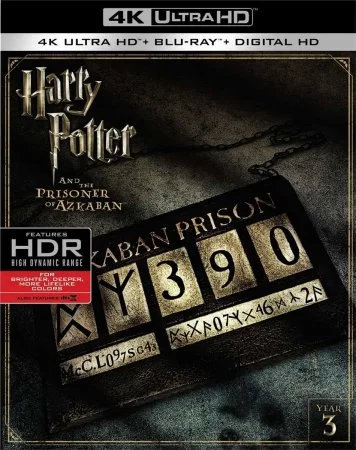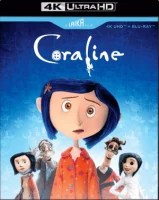Palindromes 4K 2004 Ultra HD 2160p
12-year-old Aviva Victor wants to become a mother. She does everything in her power to make it happen, and she almost succeeds, but her plans are thwarted by her sensible parents. So she runs away from home, still determined to get pregnant one way or another. She finds herself lost in another world, less sensible but full of all kinds of strange possibilities. Like many journeys, this one is circular, and ultimately it is difficult to say whether Aviva will ever be able to return to her former self, or whether she will never be able to become someone else.
User Review
Judging by the title, the film seems to have a certain ideological constant, the essence of which becomes apparent when placed in two contrasting contexts, different in form but identical in content. At the plot level, this happens as follows: the same heroine (a 12-year-old girl) with her tragic story is successively influenced by adults (first her parents, then a Christian family community) who profess diametrically opposed values and socio-cultural attitudes. Accordingly, their approach to the problem, the ways of solving it, and the methods of influence are completely different. Against the backdrop of the indirect clash of these antagonistic worlds, the underlying idea of the film comes to the surface: rearranging the components does not change the sum. In reality, neither family is able to help the child, since each, in its own way, tries to solve the problem in a practical way, without understanding its essence. And the point is not that they do not want to do so, but that they want to eliminate only the tragic consequences of a deep emotional conflict, the essence of which they cannot comprehend. It is not that these particular families are bad or insensitive, but that they are simply part of an incurably sick society mired in social and political confrontations, which, in the heat of the struggle for human rights, has lost sight of the key role of emotional contact with the person themselves, with the one who is close to them.
For greater expressiveness, director Todd Solondz uses a staging technique that is quite rare in cinema: the main character is played by several actresses of different ages, appearances, and even skin colors. Through this non-trivial decision, the author apparently wants to show that this situation is universal. Anyone could be in the protagonist's place (for example, your daughter), i.e., this is not the story of this particular girl, but a comprehensive collective image of the crippled childhoods of children around the world, reflecting the moral climate of the post-industrial era.
However, in my opinion, this narrative structure (as applied to this film) has a significant drawback: all this jumping around between actresses is somewhat confusing and interferes with the logical perception of the film. Of course, by about the middle of the film, you begin to guess what is going on and why, but nevertheless, I did not see any essential need to use such an unconventional artistic device to realize a concept that is, in general, not difficult to understand. In my humble opinion, a single good actress could have handled this task just as well. On the other hand, in that case, the film would have looked quite banal by today's standards. I suspect that it was precisely to avoid this that Solondz decided to add this “twist” to the production. But despite these tricks, overall the film turned out to be noticeably weaker than his previous works (similar in style and worldview), Happiness and Storytelling, both intellectually and psychologically, as well as artistically.
Info Video
Codec: HEVC / H.265 (81.4 Mb/s)
Resolution: Native 4K (2160p)
Original aspect ratio: 1.85:1
Info Audio
#English: DTS-HD Master Audio 5.1
Info Subtitles
English SDH, Danish, Finnish, Norwegian, Portuguese (Iberian), Spanish (Castilian), Swedish.File size: 58.33 GB



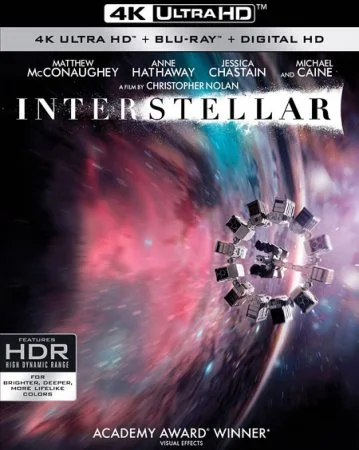


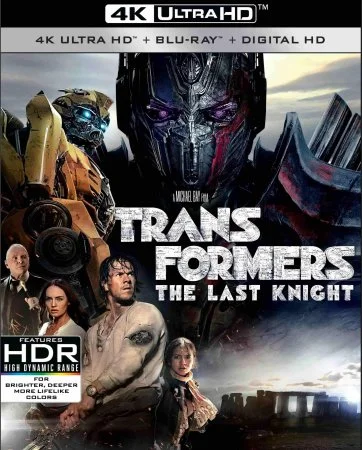






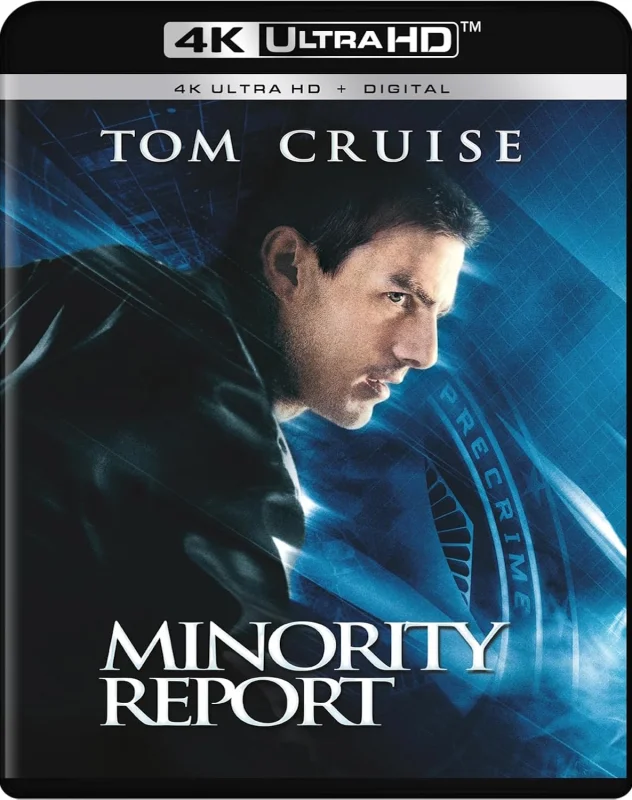









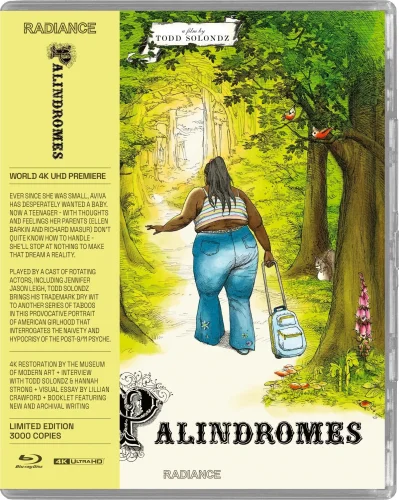
 Like
Like Don't Like
Don't Like